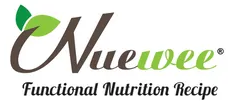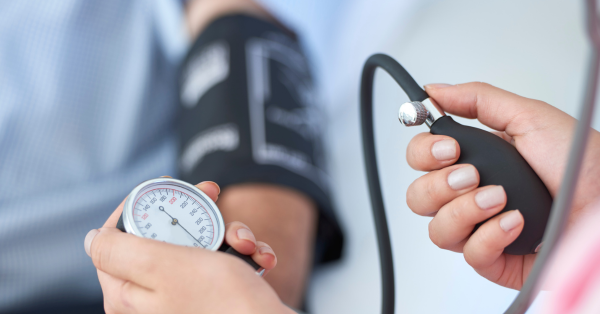40% of the population in Malaysia has hypertension disease, which means 4 out of 10 people are suffering from hypertension disease. The Ministry of Health also pointed out that everyone has the risk of getting high blood pressure, and it is estimated that about 1/3 of Malaysian adults suffer from high blood pressure, which is equivalent to about 6.4 million people. Among them, more than half of them do not acknowledge that they have been diagnosed with hypertension.
According to the American Heart Association, the latest guidelines for the treatment of high blood pressure released in 2017 mentioned that when human blood pressure reaches 130/80 mm Hg (systolic blood pressure 130 mm Hg, diastolic blood pressure 80 mm Hg) or above, it means that there is a high blood pressure problem. What is the factor that causes hypertension? In fact, the medical community has not yet reached a clear conclusion. It is only known that more than 95% of high blood pressure is caused by unexplained essential hypertension, which may be related to genetics, environment, and diet; less than 5% of hypertension is secondary hypertension caused by endocrine, renal or vascular diseases.
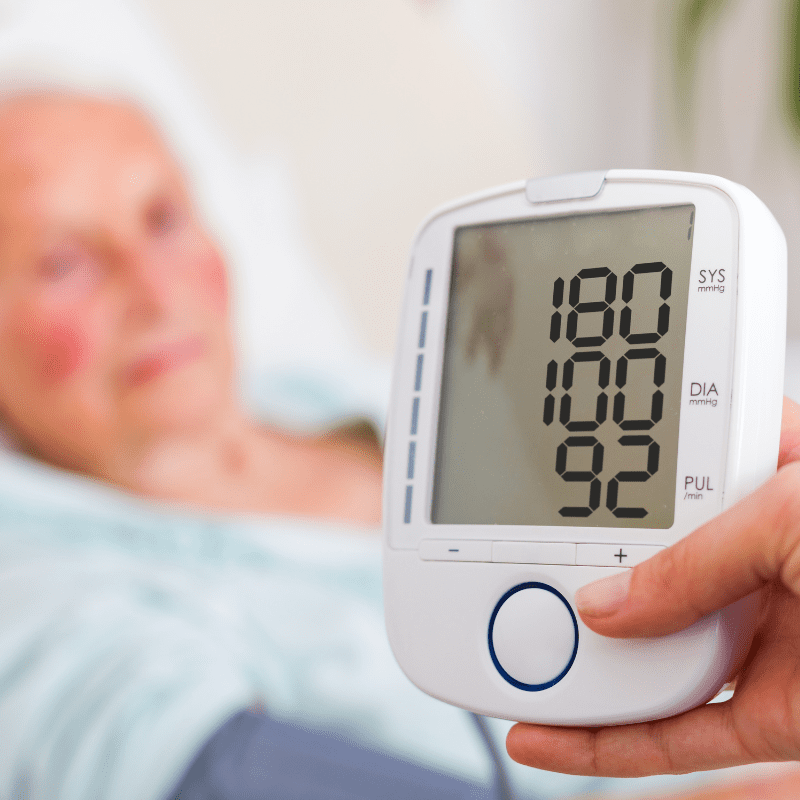
Although most of the high blood pressure factors are unknown, it is certain that improper eating habit is the factor causing hypertension. It is recommended not to exceed 6 grams per day, which is approximately equal to 2400 mg of sodium, and the intake of saturated fat is extremely important for blood pressure control. Let’s take a look at the common foods that cause high blood pressure.
1. Marinated Foods
Marinated foods are often appetizers on the table, such as pickles, fermented bean curd, pickles, pickled mustard, sauerkraut, dried plums, potherb mustard, dried bamboo shoots, etc. However, it contains a lot of salt and sugar during production, which leads to excessive intake of sodium ions and aggravates the risk of high blood pressure. These marinated products may also promote excessive secretion of gastric acid and increase the chance of infecting gastric cancer.
2. Processed Foods
In order to prolong the shelf life of meat and make it taste better, manufacturers often add nitrite to the meat to keep its color and antisepsis, and they also add unknown seasonings to increase the flavor. As a result, processed foods contain excessive amounts of salt and grease. Sausage, for instance, has about 410 milligrams of sodium per serving (40 grams), as do bacon, ham and hot dogs are high in saturated fat and salt.
Certain processed products that seem to have a refreshing taste, such as fish dumplings, egg dumplings, and meatballs, actually contain a lot of sodium and other seasonings in the filling. For example, one meatball weighs 30 grams and contains about 200 mg of sodium. A bowl of meatball soup contains 700 to 800 mg of sodium, which can lead to high blood pressure over time.
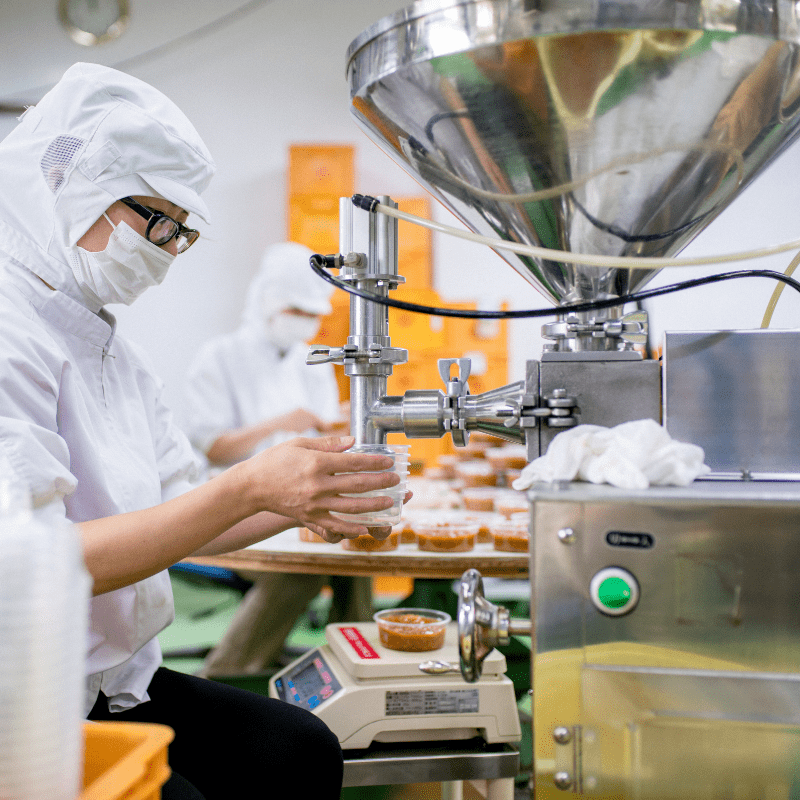
3. Hotpot and Seasoning
Hot pot often seems like a healthy food among the Chinese. However, it contains a lot of oil and salt that come with seasoning. The broth is boiled with MSG and other seasonings, and its sodium content is relatively high. It exceeds the standard sodium content, which is more than 700 mg per 100 cc.
In addition, one tablespoon of hot pot sauces such as bean paste and sand tea sauce contain more than 2 grams of salt, which has high amounts of sodium. It is likely to consume over 5000 mg of sodium after a meal.
4. Instant Foods
Over 80% of seasoning mix packs are high-salt-based. If it is not diluted, you may eat more than 10 grams of salt in one meal. Instant noodles, seasoning mix packs, microwave food, brewed corn soup, etc., contain with high-sodium. According to the data, every 100 grams of instant noodles contains 1889 mg of sodium, while beef-flavored instant noodles contain 2077 mg. In addition, the sodium content in concentrated corn seasoning packs is 4171 mg, and the sodium content of the seafood-flavored is as high as 6118 mg.
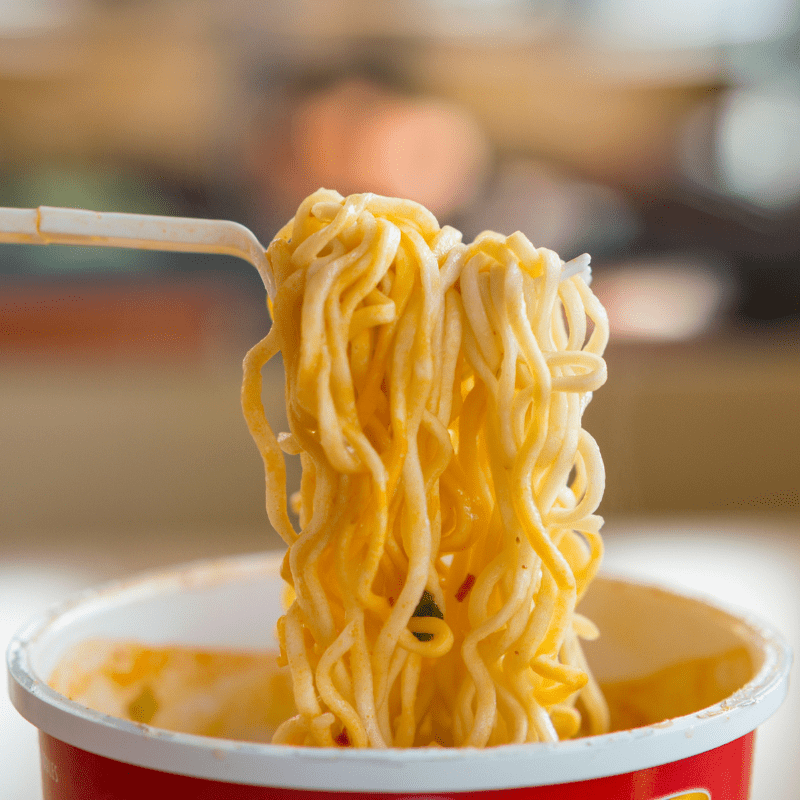
5. Fried Foods
The biggest problem faced by fried foods such as salted fried chicken, fried tempura and fried squid is the quality of oil used. Generally, oil that is used repeatedly will easily create trans fat and it is not beneficial for our blood vessels’ health. Moreover, we should avoid eating fried-based Chinese breakfast, especially fritters, as known as “油炸鬼”, as each serving contains more than 50 cc of oil and 2 grams of salt.
6. Junk Foods
2400 mg of sodium, which is also equivalent to a tablespoon of salt, is the maximum daily intake for an adult. However, a pack of junk food such as potato chips and shredded cod contains more than 2411 mg of sodium, which already exceeds the maximum daily intake of sodium. It is noticeable that most people think that soda biscuits are healthy, yet they contain 388 mg of sodium in every 100 grams of soda biscuits. In addition, salted biscuits, egg rolls and butter bread are high-sodium foods that we should avoid eating everyday.
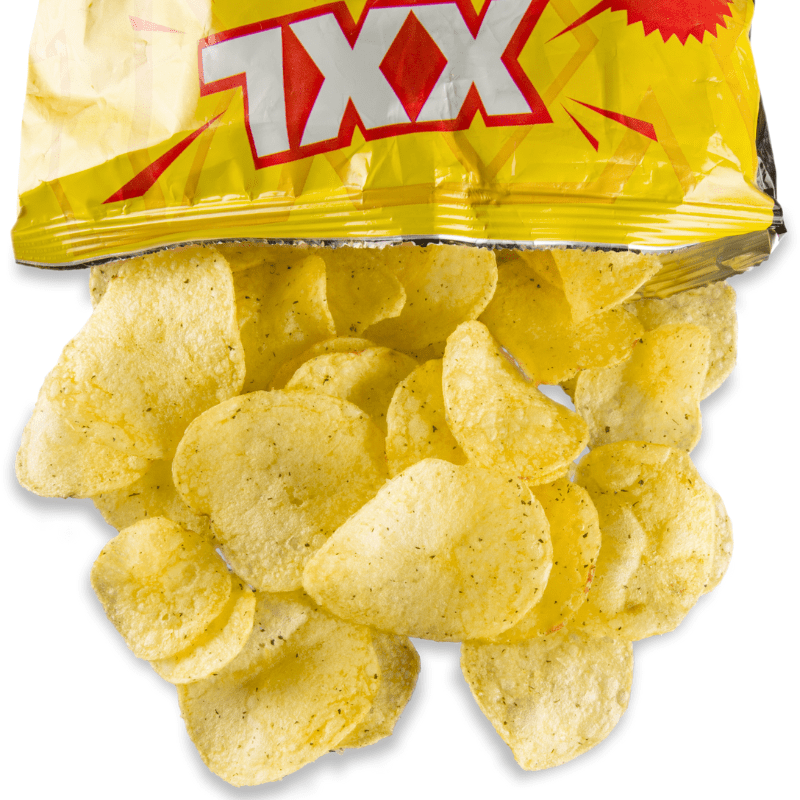
7. Noodles
Although main courses such as rice and noodles don’t taste salty, in fact, they are high in sodium content too. For example, a bowl of noodles contains 1200-1265 mg of sodium, which is about the sodium content in a bowl of instant noodles. Thus, we should eat as little as possible.
8. Preserved Fruits
Fruits are difficult to preserve long-term. Therefore, we have to use salt, sugar or sulfite to preserve it. However, it has low nutritional value and a high content of sodium and sugar too.
9. Commercial Dairy Products
During the process of cheese production, salt is added to kill germs and prevent it from getting rotten so that the cheese is able to keep it long-term. Studies have shown that there are 240 mg to 1000 mg of sodium content in every 100 grams of cheese. Besides, Chinese salted eggs are also rich in sodium, which is about 850 mg in every 50 to 60 grams of egg.
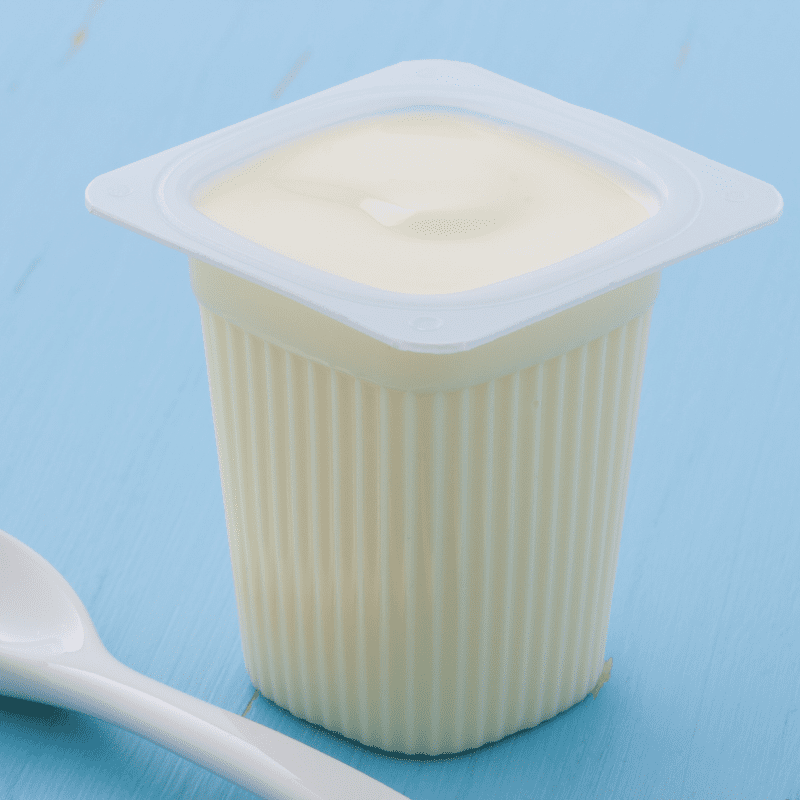
10. Grains
Grain-based foods are always said to be one of the healthy foods. Thus, studies found that commercial corn has more than 400 to 600 mg of sodium in every 100 grams of it and it is not suggested to consume it as a daily breakfast.
11. Energy Drink
Studies have shown that there are 41 mg of sodium in every 100 ml of energy drinks. Although it doesn’t look much, we might have consumed 250 mg of sodium if we drank 600 ml of energy drink daily. It is advised to drink energy drinks when it is necessary.
Diet Is The Key to Lowering Blood Pressure
In order to lower blood pressure, we can consume more vegetables and fruits, fiber-rich foods, calcium and exercise frequently instead of reducing the intake of salt and canned foods. The DASH Diet has been proven that to be effective in lowering blood pressure by consuming more fiber-rich foods and dairy products to have adequate intake of potassium, magnesium, calcium and dietary fiber.
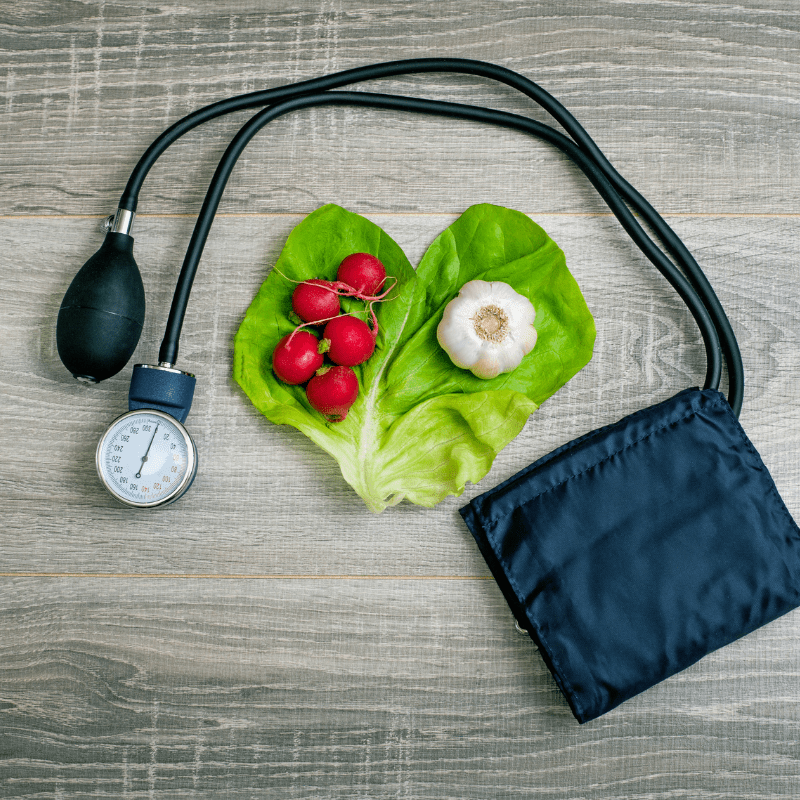
5 Main Principle of DASH Diet:
1. Select whole-grain foods: as a daily main course, consume whole-grain foods such as brown rice, oatmeal, sweet potatoes, taro, and pumpkin.
2. 5 vegetables + 5 fruits daily: select greenish and yellowish vegetables as they are rich in potassium and calcium; select potassium-rich fruits such as bananas, papayas, kiwis and oranges. For diabetes patients, kindly suggest consuming a maximum of 2 fruits a day.
3. Select low-fat dairy: dairy such as soy milk and tofu can provide adequate protein and calcium to our bodies.
4. Select white-flesh meats: kindly suggest consuming white-flesh meats instead of red-flesh meats, as red-flesh meats are adverse to the control of blood pressure.
5. Select good quality cooking oil: choose olive oil or other plant-based oil as cooking oil.
Check out the Nuewee Organic Pumpkin Protein with Turmeric which aids in improving blood pressure control.
